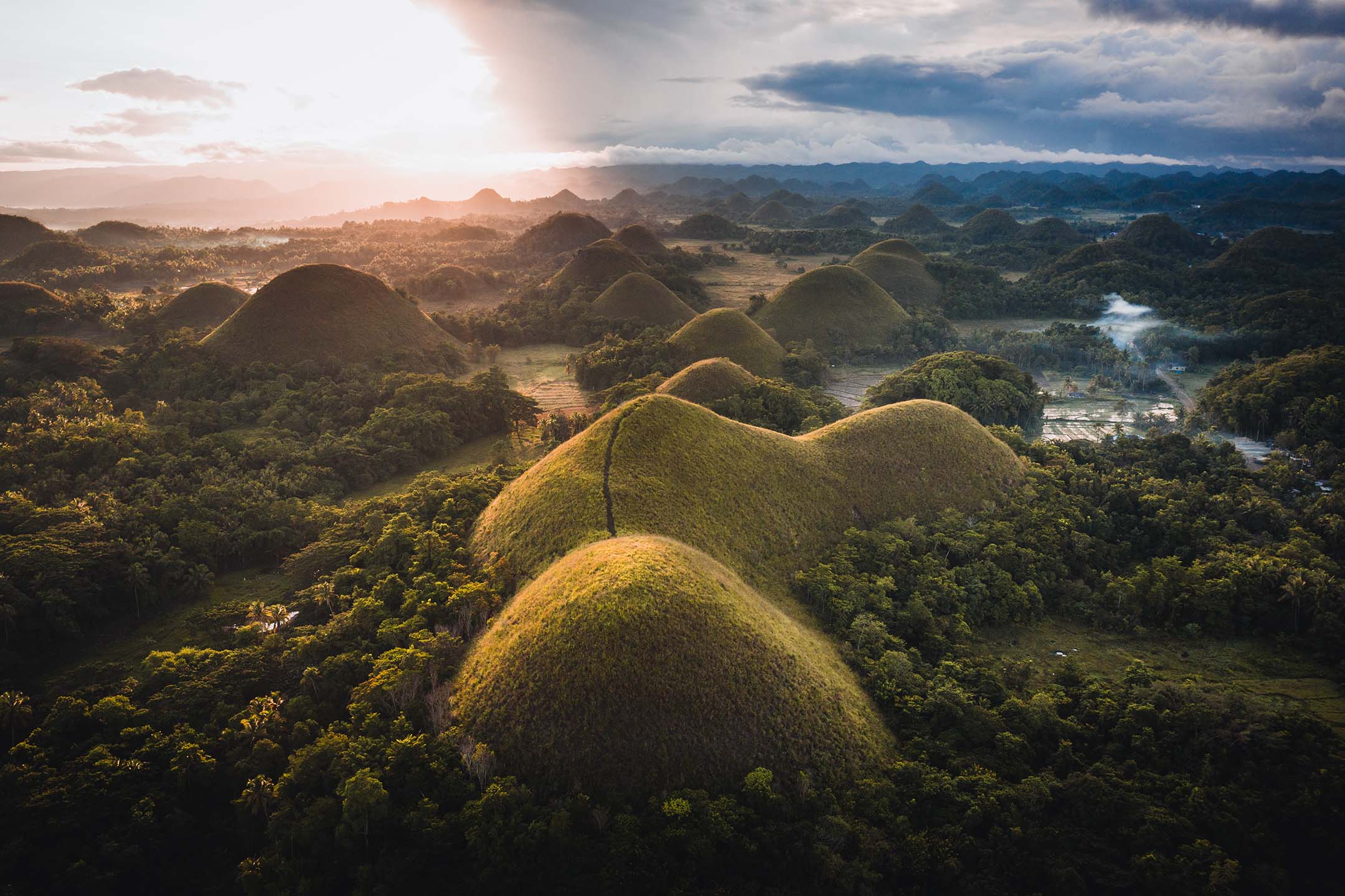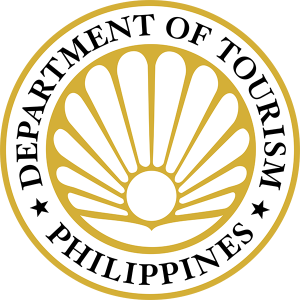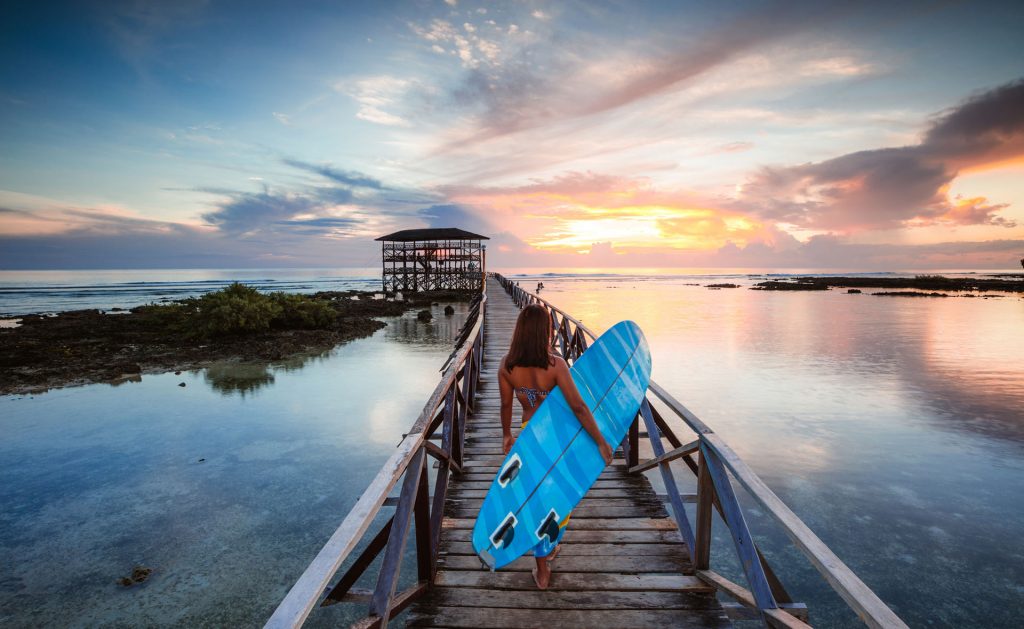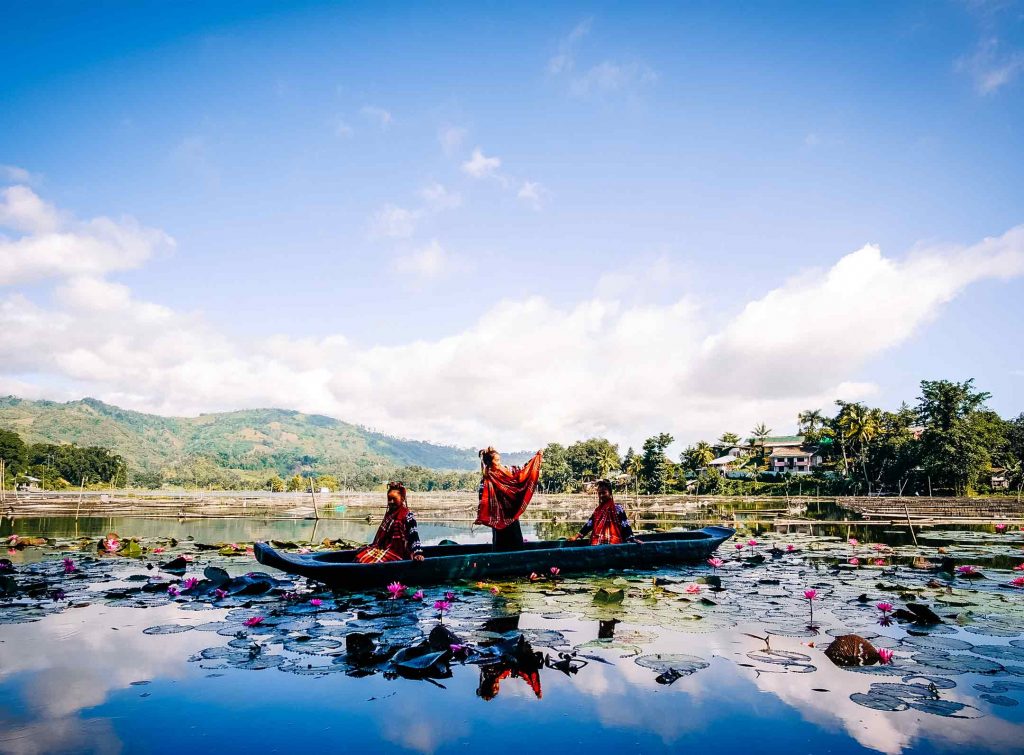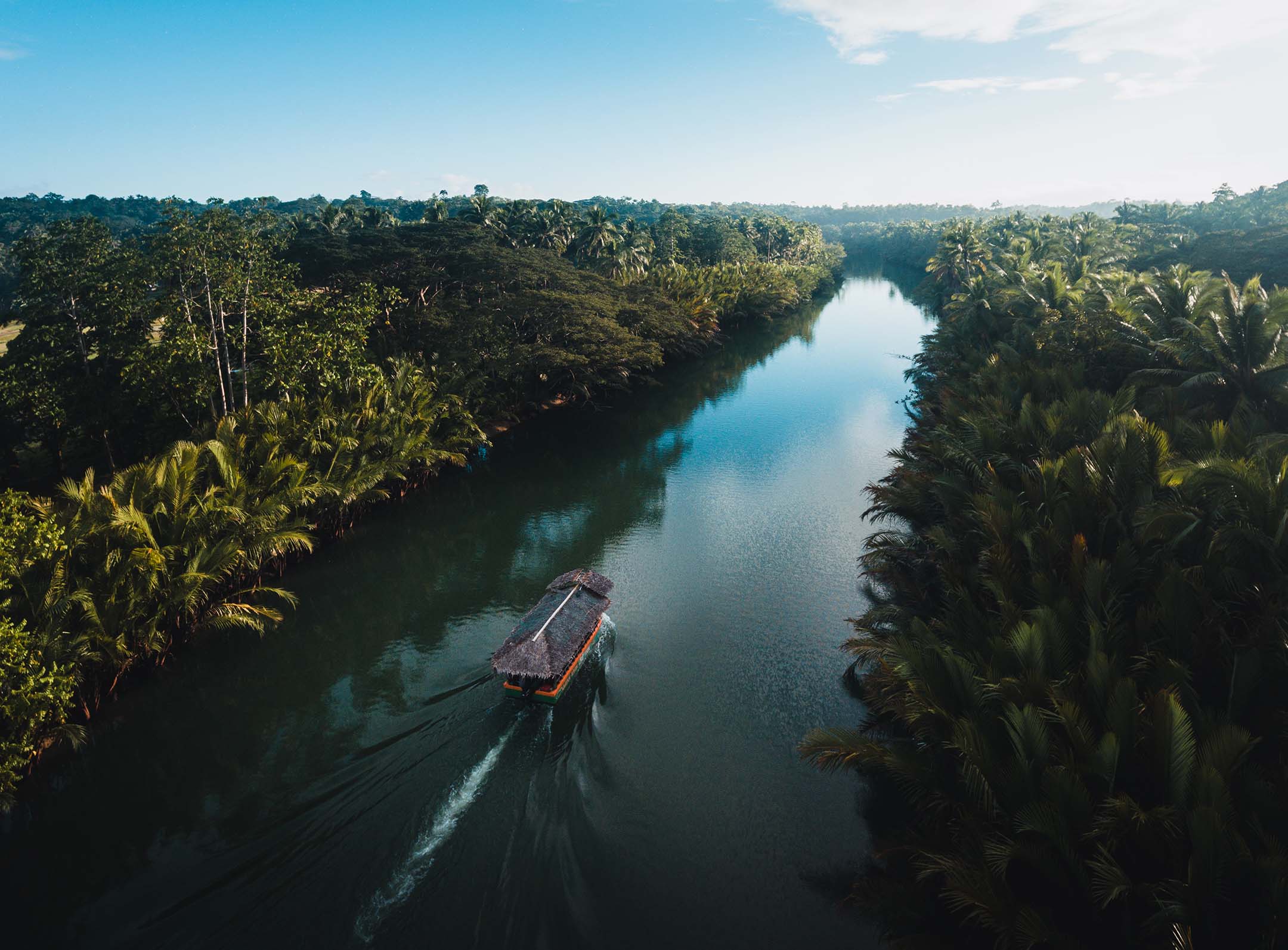
Central Visayas: Tailored for Quiet Getaways
When tourists return to Central Visayas in the Philippines, they’ll uncover jungled mountains and grassy hills that descend to crystal-clear waters and multicolored marine life.
From Bohol’s unspoiled otherworldly landscapes to Negros Oriental’s pristine coral reefs, Central Visayas brandishes extraordinary natural beauty thanks to decades of thoughtful conservation efforts.
But when it’s safe to travel again, visitors won’t just be looking for unspoiled nature; they’ll also be looking to explore safely. That’s why the regional authorities and local tourism companies in Central Visayas are doubling down on the Department of Tourism’s guidelines by implementing additional measures to keep everyone safe.
The Gateway Island
With the second busiest international airport in the country, Cebu is the gateway island to Central Visayas. However, Cebu is so much more than just an access point. Rosendo Cuyasen Jr. moved to Cebu from Baguio in 2007 and was so impressed with what the island had to offer that he started Cebu City Tours, a travel information website.
“You can do a lot of activities here, like canyoning through rivers and swimming in waterfalls. You can also see whale sharks, which are really special,” he says, proud that the world’s largest fish graces his adopted island. The City of Cebu also has plenty to see and do, according to Cuyasen. A decade after launching Cebu City Tours, he began offering tours to encourage visitors to explore Cebu’s well-preserved heritage sites, including the forts, churches, and gardens that embellish the city.

To keep visitors safe, Cuyasen follows guidance issued by the Department of Tourism, but he also implements additional safety measures. “We work with customers to try and pre-book as much as possible to help keep the tours safe,” he explains. This allows him to design tailored itineraries that avoid sites and activities when they might be crowded.
Iconic Landscapes
Hyacinth Compehos, operations manager at Bohol Bee Farm, agrees that good planning is key to keeping visitors safe when international tourists return to the region.

The new normal will be quite different in Bohol. We have protocols to follow from the local government, and things will surely be more planned and organized, especially for the first few years.
Hyacinth Compehos, Operations Manager at Bohol Bee Farm

Bohol Bee Farm was established two decades ago as a honey farm with just four staff but now employs close to 400 people across multiple farms, a B&B, several restaurants, and ice cream kiosks. Tourism has provided “good work for my fellow Boholanos,” says Compehos, but it has also helped preserve the natural beauty that visitors have come to see, such as the protected Chocolate Hills.
An iconic Bohol landscape, the Chocolate Hills are a series of more than a thousand conical hills and mounds stretched over 50 square kilometers. The area, which turns cocoa powder-brown in the dry season, makes the Chocolate Hills an ideal destination to explore by motorbike. The island also has plenty more landscapes to discover, such as thick jungles where thrill-seeking visitors can go zip-lining, river kayaking, and mountain climbing.
Protected Seascapes
While Bohol is famous for its landscapes, Negros Oriental is known for its seascapes. “Dumaguete was really big on conservation in the 1970s and 1980s,” explains Magnus Nielson, who moved to the Philippines from Denmark and established Bongo Bongo Divers, a dive resort, in 2012. “They were able to set up some of the first protected marine areas in the Philippines, which means we have pristine coral reefs.”
The reefs south of Dumaguete are home to ghost pipefish, flamboyant cuttlefish, and what Nielson describes as the “holy grail” for marine photographers: frogfish. Diversity is what makes the diving destination particularly special. Dumaguete is volcanic, and the long black-sand coastline that runs south supports kaleidoscopic tropical fish. The clear blue waters surrounding Apo Island, just seven kilometers from Negros Oriental, are famous for their turtles.
Besides policies to keep people safe, the expansive coastline south of Dumaguete also allows for secluded resorts. There isn’t a main tourist hub where people could congregate, and divers tend to stick to their resorts, so chances are, visitors will be in for a safe and private time in Dumaguete.

Safety is Paramount
As with the rest of the Philippines, Central Visayas is practicing safety guidelines issued by the Department of Tourism while the country prepares for the return of international visitors. The three island provinces implement contact tracing, require the wearing of face masks, and request that health declarations are filled out upon arrival. At the same time, hotels and restaurants need to follow strict capacity limits, take temperature checks, provide feet sanitizing mats, and use disposable gloves when handling materials from person to person. Coupled with additional pre-arrival planning to keep tours extra safe, Central Visayas is a prime destination for future travels.

The country will always attract visitors because it is beautiful, diverse, and welcoming – and it is always fun in the Philippines.
James Ong, Travel Editor at Ink Global
With a slew of thoughtful conservation efforts, visitors to Central Visayas can expect beauty and diversity in spades, both when it’s safe to travel again and for many years after.
A plethora of exciting experiences for you, find out more at morefunawaits.com

In light of Covid-19 and restricted international travel, the recommendations in this article are for future considerations.
READ MORE
